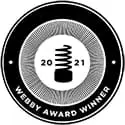Intersectionality & Disability, featuring Keri Gray, the Keri Gray Group

Transcript
[Keri Gray, a young-adult black woman with a prosthetic leg, sits for an interview in an airy studio. She is wearing a red romper and a black head wrap.]
KERI GRAY: My name is Keri Gray. Keri Gray is a black, disabled woman, and there’s power behind that.
[on-screen graphic: Intersectionality & Disability]
GRAY: In the United States, one in four in the black community have some type of disability, whether that’s visible or invisible. Historically speaking, organizations and institutions have shown us that they want to identify with one thing and build power around that, build influence and access. And I get it, right? So, this idea that you have disability rights, you have women’s rights, you have LGBTQ rights, and those kind of different pockets are really building a strong narrative.
But the thing that I find to be harmful is when we’re not building in coalition, because the reality is, is that you have people like myself, who are black, disabled, and women, and so many other things. And when you live at the intersections of all three of those, then you can’t split your political and social dynamics between these different groups. It doesn’t produce real results of freedom and it doesn’t produce real results of access to employment and other opportunities that you’re looking for.
I’ll give one example on this. So the Black Lives Matter movement. When it was created, it was created in conjunction mostly with a lot of young folks. What was unique about this particular movement was the intersectional philosophy that was built upon, the folks getting up and saying, “We are not just fighting for one narrative, but we are specifically fighting for folks who are on the margins. We are fighting for black folks who are also LGBTQ, who are women, who are fem, who are trans, who are disabled.”
They named it. They saw their people across the country and said, “I’m fighting for all of you. Not just some of you. Not just the ones that have traditionally gained power and access.” And that gives me a lot of hope. Because no one wants to be left behind.
[on-screen graphic: There Is No Justice without Disability]
Accessibility Statement
- All videos produced by the Ford Foundation since 2020 include captions and downloadable transcripts. For videos where visuals require additional understanding, we offer audio-described versions.
- We are continuing to make videos produced prior to 2020 accessible.
- Videos from third-party sources (those not produced by the Ford Foundation) may not have captions, accessible transcripts, or audio descriptions.
- To improve accessibility beyond our site, we’ve created a free video accessibility WordPress plug-in.
Keri Gray, founder and CEO of the Keri Gray Group, advises young professionals, businesses, and organizations on issues around disability, race, gender, and intersectionality. Keri illustrates how the framework of intersectionality is essential to true inclusion.
“The reality is, is that you have people like myself, who are black, disabled, and women, and so many other things. And when you live at the intersections of all three of those, then you can’t split your political and social dynamics between these different groups. It doesn’t produce real results of freedom and it doesn’t produce real results of access to employment and other opportunities that you’re looking for.”
Multiply marginalized people with disabilities experience increased systemic discrimination. By centering those most marginalized and taking an intersectional approach to organizing, we have the opportunity to reimagine existing structures and systems—and create a world that works for and elevates everyone.
Resources
Interested in learning more about intersectional organizing and centering black, disabled, women in your work?
- Hire Sins Invalid, a Ford grantee, to give a workshop or presentation to your organization. Sins Invalid created the framework for disability justice, which centers black disabled queer voices. Read more about the framework in this article, and in the book, Skin, Tooth, and Bone, by Patty Berne and Sins Invalid.
- Work with the National Alliance of Multicultural Disabled Advocates, an organization led by disabled black, indigenous and people of color organizers, to create workshops and discussion sessions on intersectional organizing.
- Hire Keri Gray to learn more about best practices around disability inclusion and intersectionality.
This piece is part of Disability Demands Justice, a dynamic, ever-evolving hub to deepen our understanding of how disability intersects with social justice.
Explore the stories
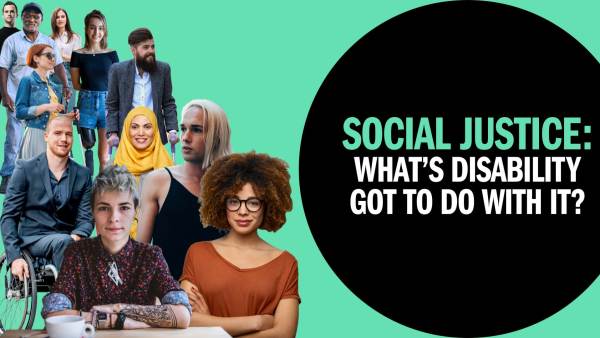
Social Justice: What’s disability got to do with it?
A society cannot be truly just without including people with disabilities and taking an intersectional approach towards tackling discrimination. This starts with inclusive leadership, where people with disabilities are invited into discussions and lead the way in advocating for inclusive, equitable spaces.
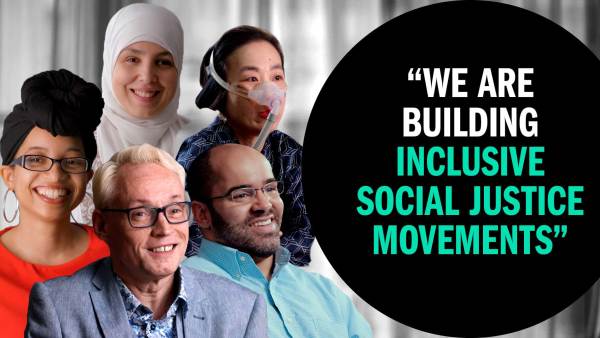
There is no justice without disability
Over one billion people in the world are living with a disability. We need to expand our definition of justice. To create a truly inclusive world, we need to recognize how disability intersects with issues of social justice. Racial justice, economic justice, and gender justice cannot exist without disability justice.
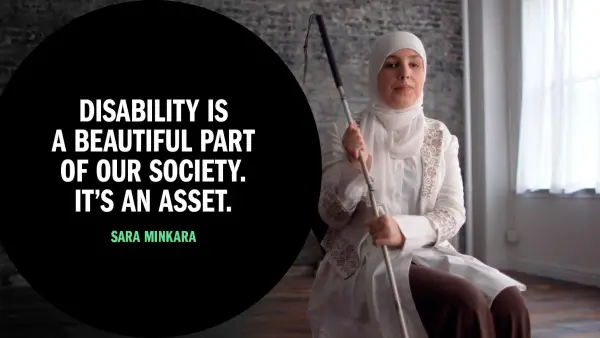
Disability Is an Asset, featuring Sara Minkara, Empowerment Through Integration
People with disabilities are the world’s largest marginalized population. Challenging discriminatory narratives and systems can help the disability community build power and create a more inclusive world, by contributing value across all sectors. Building a more inclusive world benefits everyone.
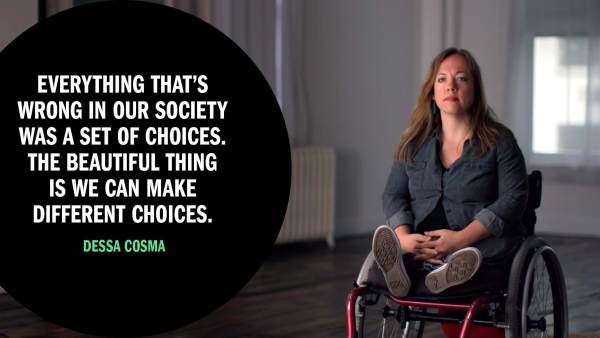
Economic Justice & Disability, featuring Dessa Cosma, Detroit Disability Power
Disability inclusion needs to be included in the fight for economic justice. Barriers to education and employment keep people with disabilities living in poverty. Ending poverty means addressing the drivers of economic inequality and reimagining the future of work.
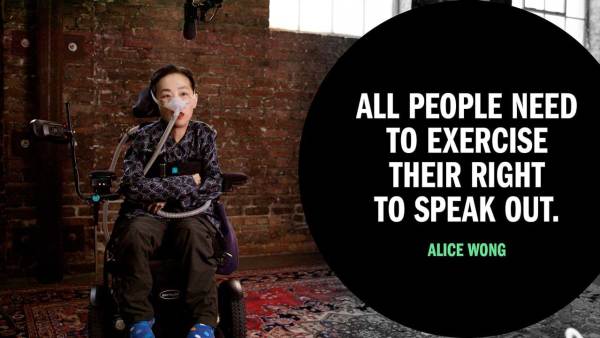
Political Participation & Disability, featuring Alice Wong
The right to vote is a fundamental part of building a thriving democracy in which all citizens can become active, engaged participants. People with disabilities face obstacles to political participation that need to be addressed in the journey to inclusion.
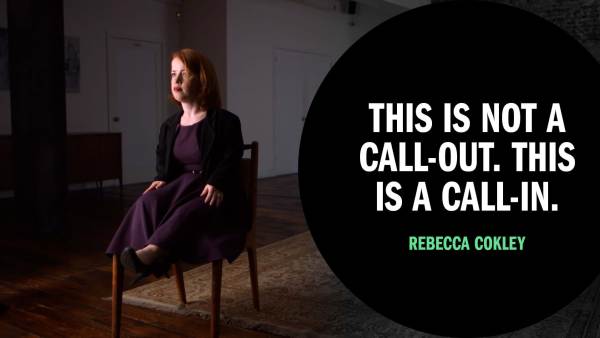
Your Values & Disability, featuring Rebecca Cokley, Center for American Progress
Disability needs to be included in the work of social justice. Through a commitment to diversity, equity and inclusion, and establishing organizational policies and practices, we can address challenges to accessibility and create an inclusive future.
